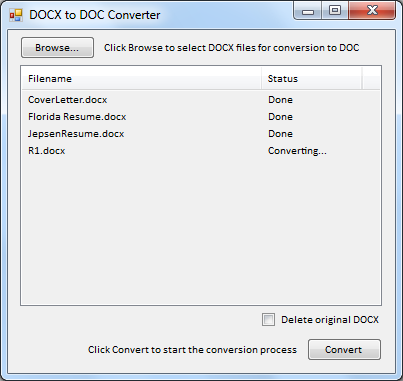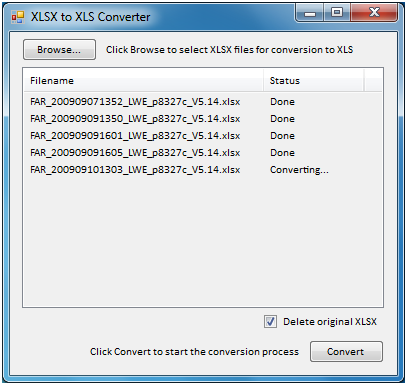Using cryptographic analysis on a cipher produced by an existing software program, I was able to write my own compatible algorithm for re-producing the cipher. The only trouble is I have no idea which cipher it is. Perhaps combinations of different ciphers or maybe even a new cipher all together? No, I won’t say which software program uses this cipher, but I wonder if anyone can identify and/or classify it. I believe it to be a symmetric key stream cipher–albeit, very weak and very easy to analyze.
Disclaimer: I invoke my right to free speech to post cryptographic source code. See Bernstein v. United States.
Usage Examples:
Console.WriteLine(Convert.ToBase64String("mypassword".Cipher("378518030611953")));
// or
Console.WriteLine("mypassword".Cipher("378518030611953").ToHexString());
// or
Console.WriteLine("mypassword".Cipher(ASCIIEncoding.ASCII.GetBytes("somekey")).ToHexString());
Corresponding Output Examples:
// y8kJikhp6ItISg==
// or
// cbc9098a4869e88b484a
// or
// c5c4a58605c4c785a527
The Code:
using System;
using System.Text;
namespace MyExtensions
{
public static class Extensions
{
public static byte[] Cipher(this string password, string key)
{
byte[] cipher = System.Text.ASCIIEncoding.ASCII.GetBytes(password);
return cipher.Cipher(key);
}
public static byte[] Cipher(this string password, byte[] key)
{
byte[] cipher = System.Text.ASCIIEncoding.ASCII.GetBytes(password);
return cipher.Cipher(key);
}
public static byte[] Cipher(this byte[] password, string key)
{
try
{
byte[] k = key.ParseBytes();
return password.Cipher(k);
}
catch (Exception e)
{
throw new Exception("The key can consist only of a string of numbers. No letters or special characters.", e);
}
}
public static byte[] Cipher(this byte[] password, byte[] key)
{
byte[] cipher = password;
for (int i = 0; i < cipher.Length; i++)
{
int first = 0x09;
int last = 0xE9;
int rounds = cipher[i] ^ key[i % key.Length];
for (int y = 0; y <= rounds; y++)
{
last += 32;
if (last > 255) last = first = first + (y % 16 / 2) - 3;
if (last < 0) last = first = 14;
}
cipher[i] = (byte)last;
}
return cipher;
}
public static byte[] ParseBytes(this string s)
{
return s.ToCharArray().ParseBytes();
}
public static byte[] ParseBytes(this char[] data)
{
byte[] p = new byte[data.Length];
for (int i = 0; i < data.Length; i++)
{
byte parsed;
if (!byte.TryParse(data[i].ToString(), out parsed))
throw new Exception("The input can only consist of numbers. No letters or special characters.");
p[i] = parsed;
}
return p;
}
public static string ToHexString(this byte[] data)
{
string s = string.Empty;
for (int i = 0; i < data.Length; i++)
{
s += data[i].ToHexString();
}
return s;
}
public static string ToHexString(this byte b)
{
return Convert.ToString(b, 16).PadLeft(2, "0");
}
public static string PadLeft(this string s, int totalWidth, string padding)
{
return s.PadLeft(totalWidth, char.Parse(padding));
}
public static string PadRight(this string s, int totalWidth, string padding)
{
return s.PadRight(totalWidth, char.Parse(padding));
}
}
}


